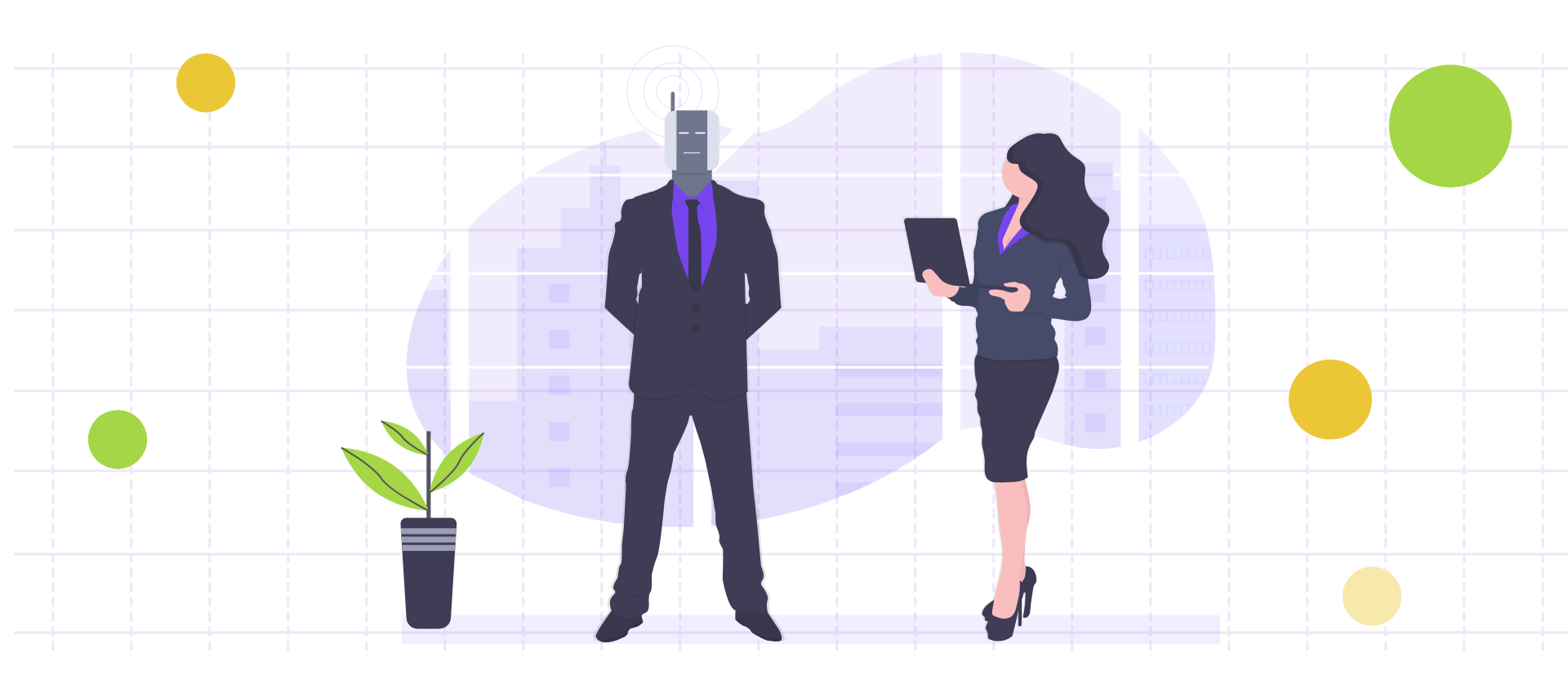Machine Learning for Nonprofits and Why It’s Important

What comes to mind when I say “Machine Learning”?
Some people think about numbers. Some think about job security. Some think about this guy:

Whatever the thought was, undoubtedly, something crossed your mind when we brought up the term. So we thought it would be a good opportunity to dive into what machine learning actually is – and how it’s going to be a game-changer for the nonprofit sector (especially the ones who use Keela!)
The Basics: Understanding the Three Levels of Data Literacy
There are three levels of data literacy that are useful to data scientists:
- Hindsight data
- Diagnostic data
- Predictive data
We will explain each of these types of data, and why they are important to the non-profit sector.
What is hindsight data?
Hindsight data answers the question, “what happened?”
It takes a look backward and helps to give context to a situation. Examples of hindsight data for the non-profit sector include:
- How many donations did I get this year?
- Which e-blast that I sent was more effective?
This is the first level of data literacy. It is one of the easier forms of data to interpret because it already happened and the numbers usually tell a clear story.
What is diagnostic data?
Diagnostic data answers the question, “why did this happen?”
It takes a look at a situation and tries to offer an explanation using the data collected. Examples of hindsight data for the non-profit sector include:
- Donations decreased because the ask was not made at an ideal time of the year.
- Your e-blast was not successful because the message was not properly targeted to the audience.
This is the second level of data literacy. There are tons of variables that go into explaining why a certain outcome happens. But diagnostic data helps to give some of those explanations a bit more of a foundation. When you use and understand diagnostic data, you are able to understand your roadblocks better – helping you make more strategic decisions in the future.
What is predictive data?
Predictive data answers the question, “what could happen?”
It takes a look into the future and predicts possible outcomes based on what has happened with the data in the past. Examples of predictive data in the non-profit sector include:
- Predicting the best time of year to ask for donations, based on when most donations have come in, looking at historical data.
- Predicting what tasks or programs to suggest to an individual based on what they have participated in, looking at historical data.
This is the third (and most exciting) level of data literacy. This is also where the majority of machine learning concepts come into play. This is where computers and software can make predictions to help you make strategic decisions for your organization, based on data.
What is machine learning?
Machine Learning is a subcategory of Artificial Intelligence (AI).
AI is the science of creating computer programs that act and think in ways that resemble human intelligence.
Machine Learning allows machines to learn from a set amount of data and self-improve.
In short, Machine Learning algorithms are fed on data (inputs). And they can predict some results, based on the inputs they receive. These predictions get better and better, the more data we feed the algorithms.
Applying Machine Learning to Fundraising Strategies
Humans have limited time and resources to process and analyze huge datasets (also known as Big Data).
The beauty of ML is that it can extract insights from these complex datasets within minutes.
For instance, it gives nonprofits the ability to study how their giving history is evolving, and use these findings to predict when donors are most likely to give.
You can immediately see why this would be interesting in the nonprofit sector. Fundraisers are constantly trying to build stronger relationships with donors and eliminate the barriers they face to make that happen.
But understanding why and when people give is no easy task. Fundraisers have to consider many factors including:
- Time of donation
- Size of donation
- Whether or not a donor participated in a program or initiative in the past
- If that donor is subscribed to our newsletter
- Where that donor lives
- How old is that donor
These are just a few variables that contribute to whether or not an individual will give.
Sure you can always track one or two variables like time and size of donation in one giant spreadsheet. But how do you identify trends? And what do you do when you have to consider more than ten or twenty variables?
It quickly gets confusing. And your team does not have data scientists on the payroll—so what can you do?
Our answer is simple: let the robots do it.
Of course, this is a bit of a tongue-in-cheek response, but the sentiment is basically true. With the advance of machine learning in the nonprofit sector, you are able to learn more about software to help you make predictions and steer fundraising strategies.
It’s important to note that machine learning in the nonprofit space is not meant to replace workers or their expertise and relationships. Machine learning and predictive modeling is intended to be an aid that compliments your own expertise. Think of it as your own personal fundraising consultant: They will make suggestions based on past results – and you have the ultimate decision of whether or not to follow those suggestions.
At the end of the day, you know your donors best. So look at Machine Learning and predictive modeling as the tool that it is, and use them effectively.
How Keela uses Machine Learning to give fundraising insights
At Keela, our team of Data Scientists develops Intelligent tools to answer questions like
- Who is most likely to donate to your next fundraising campaign?
- Who are your most engaged donors?
- When is the best time of the year to reach out to a particular donor?
So you don’t have to lift a finger to get these insights. The machine does all the work.
Here’s how it works:
To predict future behavior, Keela’s algorithms analyze donors’ giving history, and demographics, but also external factors like weather (yes, not only does rain make us grumpy, it can also affect empathy!), or similarity with other donors.
Once the machine is done performing all the intense calculations, the output predictions are displayed in the form of badges on your contact’s profiles.

For instance, Donor Readiness tells you how likely a donor is to donate within the next two weeks and recommends specific times of the year in which to reach out.
Similar to how Netflix suggests TV shows to watch based on your interests, Campaign Recommendation uses donation history between campaigns to suggest which donors are most likely to engage. This means you can target your next fundraising campaigns to the donors who are most likely to give.
Now the machine won’t tell you what to do with this information.
And that’s when your expertise comes in. Once you’re holding all the cards, you are able to put together the right fundraising campaign, at the right moment, for the right people
The bottom line
No software can replace your role as a non-profit professional. Years of experience, personal relationships, ad intuition are, and always will be, fundamentally important to effective work in the sector.
With that in mind, there has to be a shift toward embracing the use of data for nonprofits. Far too often, the sector shies away from it because of the intimidation factor. But that’s why technology has to do everything it can to make things easier for your work.
Imagine all the time you’ve spent working, trying to decide whether you should send your e-blast on Tuesday or Wednesday. Or if your fundraising campaign should begin in April or May. These are real conversations that happen all the time. And now, a machine can help you sort through the data, and tell you where your nonprofit has seen success in the past.
This is exactly what machine learning does for the sector. It helps you operationalize your own expertise in a way that would have taken you hours before. It analyzes the data that you already know is important and turns it into something actionable.
.svg)



